
Sugar was not discovered by the Japanese until the sixteenth century. Sweets (“kashi”) meant fruit and nuts before the Portuguese sailors introduced this beautiful stuff to Japan. Bakers and confectioners went all out as soon as sugar found its way into the hearts and stomachs of Japanese people. The variety of desserts available in The Land of the Rising Sun has no bounds these days, but they manage to stay slender no matter what!
1. Waterdrop cake

Waterdrop cake, also known as Mizu Shingen Mochi, is a clear confection that must be consumed within 30 minutes or it would vanish! Water, sugar, agar-agar powder, honey, and roasted peanuts are used to make it.
2. Honey toast

This is the kind of morning toast that Englishmen would die for! It’s large, sweet, and delicious. On top of caramelised honey-coated bread, ice cream, fruits, and cream.
3. Dango


A tasty round-shaped dumpling made of rice flour is known as a Dango. It takes on a bitter-sweet flavour when coated in a bright soy sauce glaze, which makes it even better.
4. Mochi

Mochigome is a Japanese rice cake composed of short-grain rice that is high in gluten. Rice is ground into a paste, which is then shaped into various shapes. It’s a traditional New Year’s sweet dish that’s also a year-round guilty delight.
5. Daifuku

Essentially the same mochi, but with a twist: inside the mochi pocket are numerous delicious fillings. Strawberry, in this case.
6. Mochi ice cream

This is ideal for folks who appreciate ice cream but also enjoy the taste of mochi. A mochi layer is applied to the ice cream balls, which are then sprinkled with corn starch.
7. Namagashi

Traditional tea ceremonies call for fancy and elegant tiny treats. Fresh natural ingredients such as fruit jellies and sweetened bean paste are used to make them.
8. Anmitsu
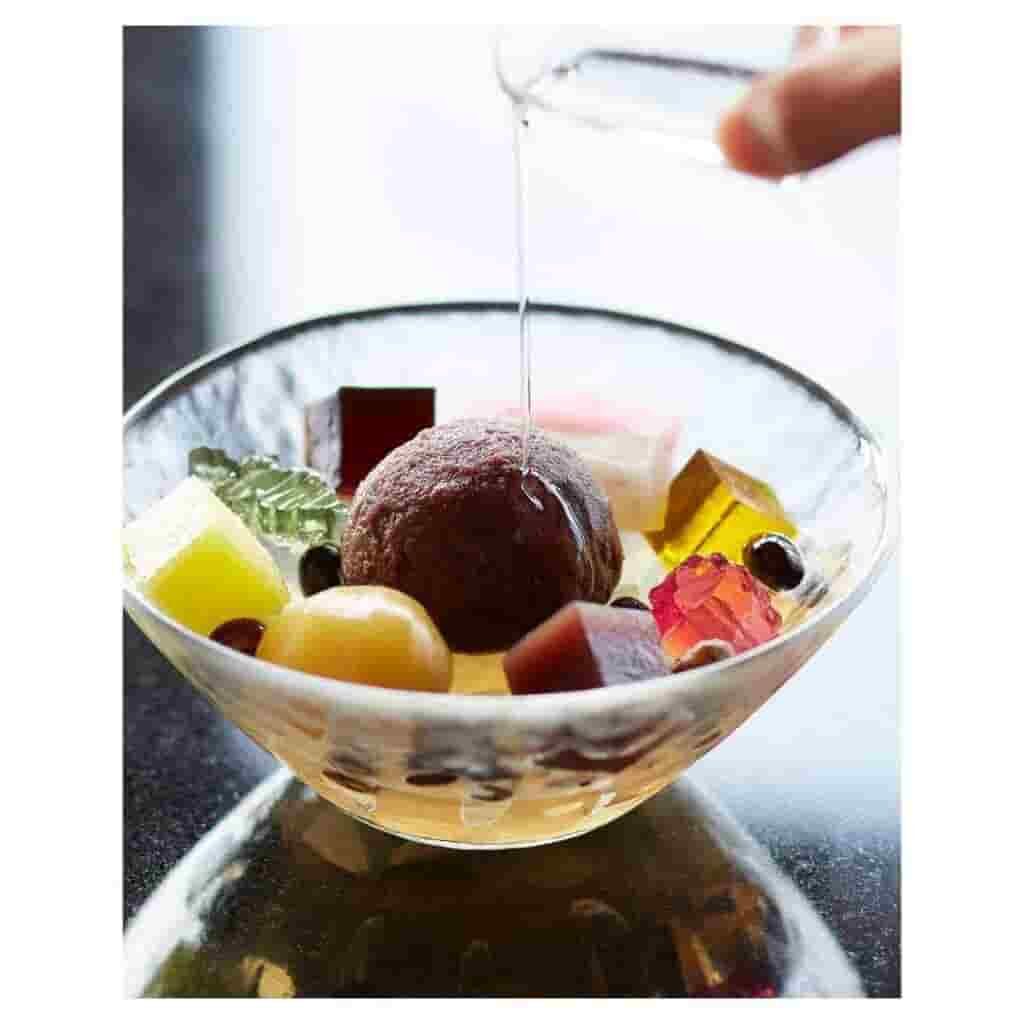
A big goodie bag full with delectable treats! It’s a traditional delicacy made of anko and agar jelly (the major components), chestnuts, mochi, sweet beans, fruits, and black syrup as a topping.
9. Kakigori

Soft ice that can be moulded into a variety of shapes and flavours. It’s typically sweetened with condensed milk, although it can also be made without dairy.
10. Taiyaki
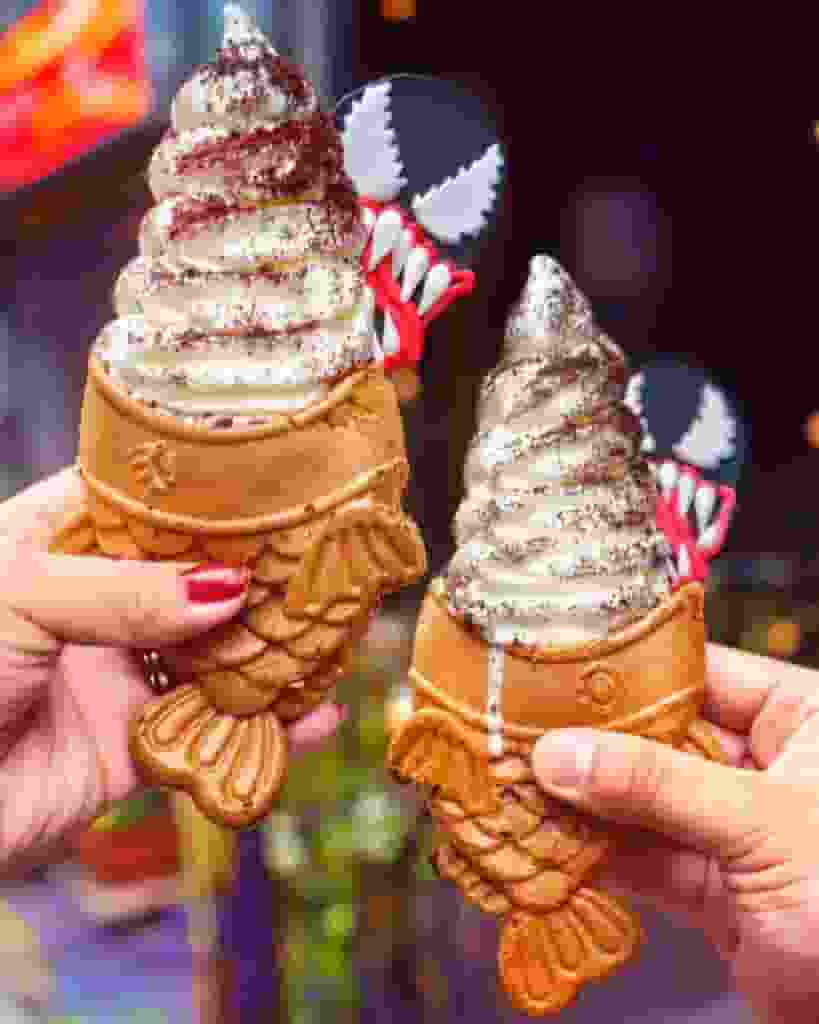
A red bean paste or custard-filled fish-shaped cake, though the filling can be anything from mashed potatoes to cheese. The name stems from a type of red sea fish found in Japan called bream (tai).
11. Yatsuhashi
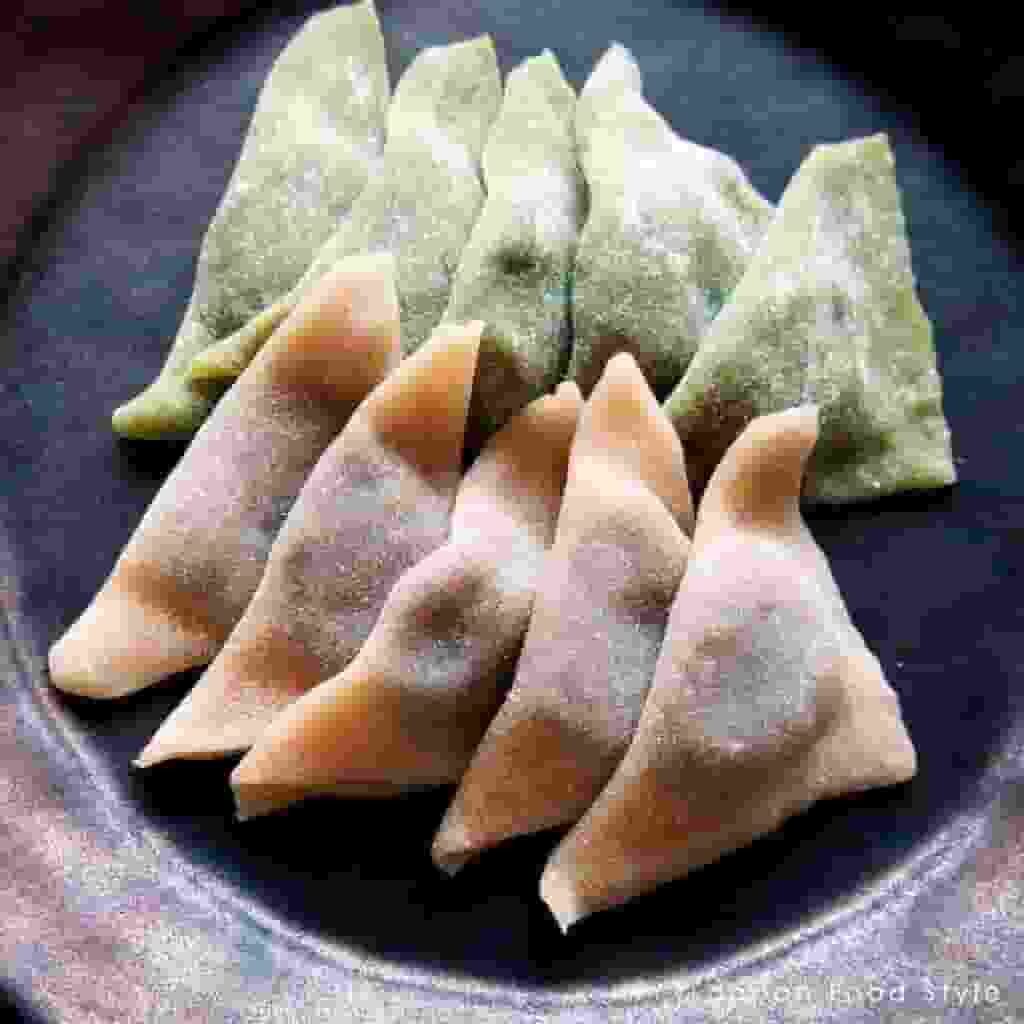
Baked, crunchy mochi with red bean paste and cinnamon filling.
12. Hakuto jelly
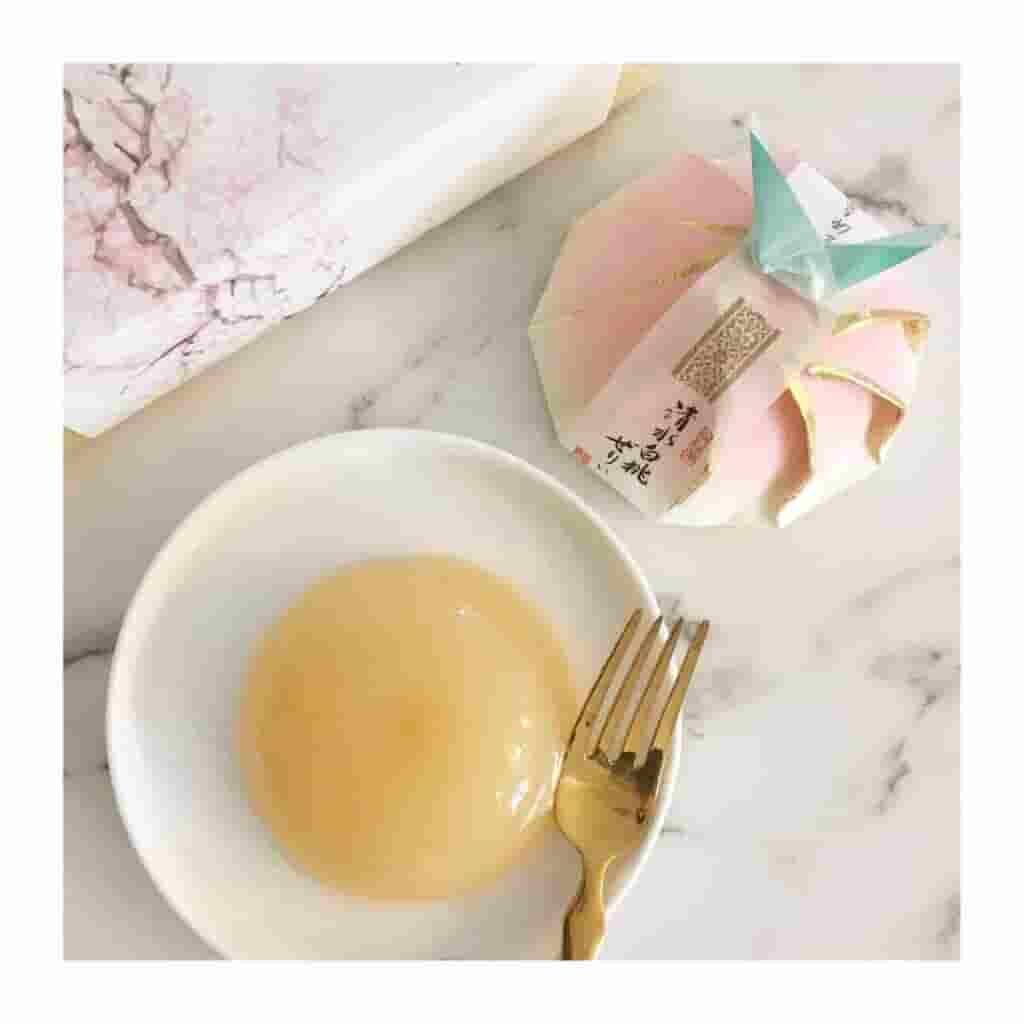
In the summer, a seasonal delicacy made with ripe hakuto peaches and spring water is offered.
13. Uiro

Steam cakes that are chewy and colourful, produced with rice flour and flavoured with natural ingredients.
14. Kompeito
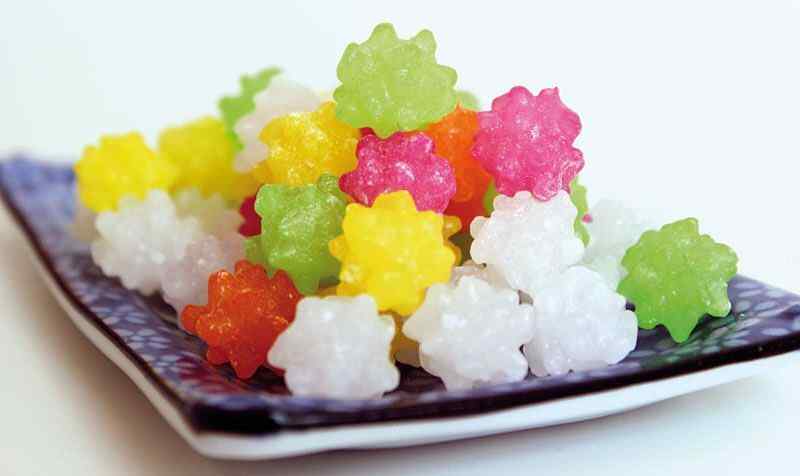
Sugar candy in a little size.
15. Japanese pancakes

Like no other, it’s fluffy and bouncy! When it comes to cooking, the crumpet rings make all the difference.
16. Melon pan

It was named after the cantaloupe melon because of its shape. The sweetness and tenderness of this bun are balanced by the crunchy crust on top.
Right now, your sweet teeth must be begging for a treat!
Would any of these delectable delights tempt you to try them? Let us know what you think in the comments area below!



